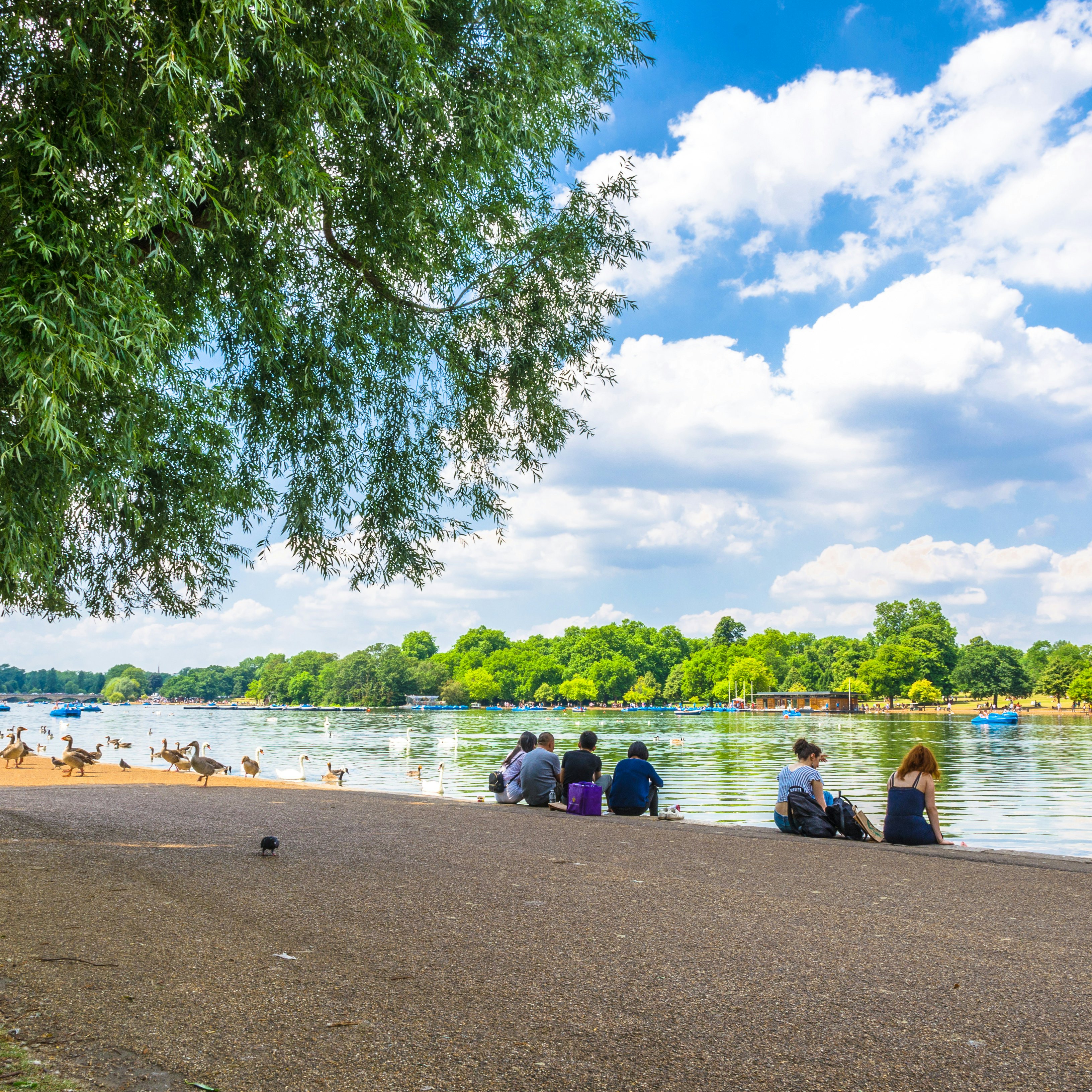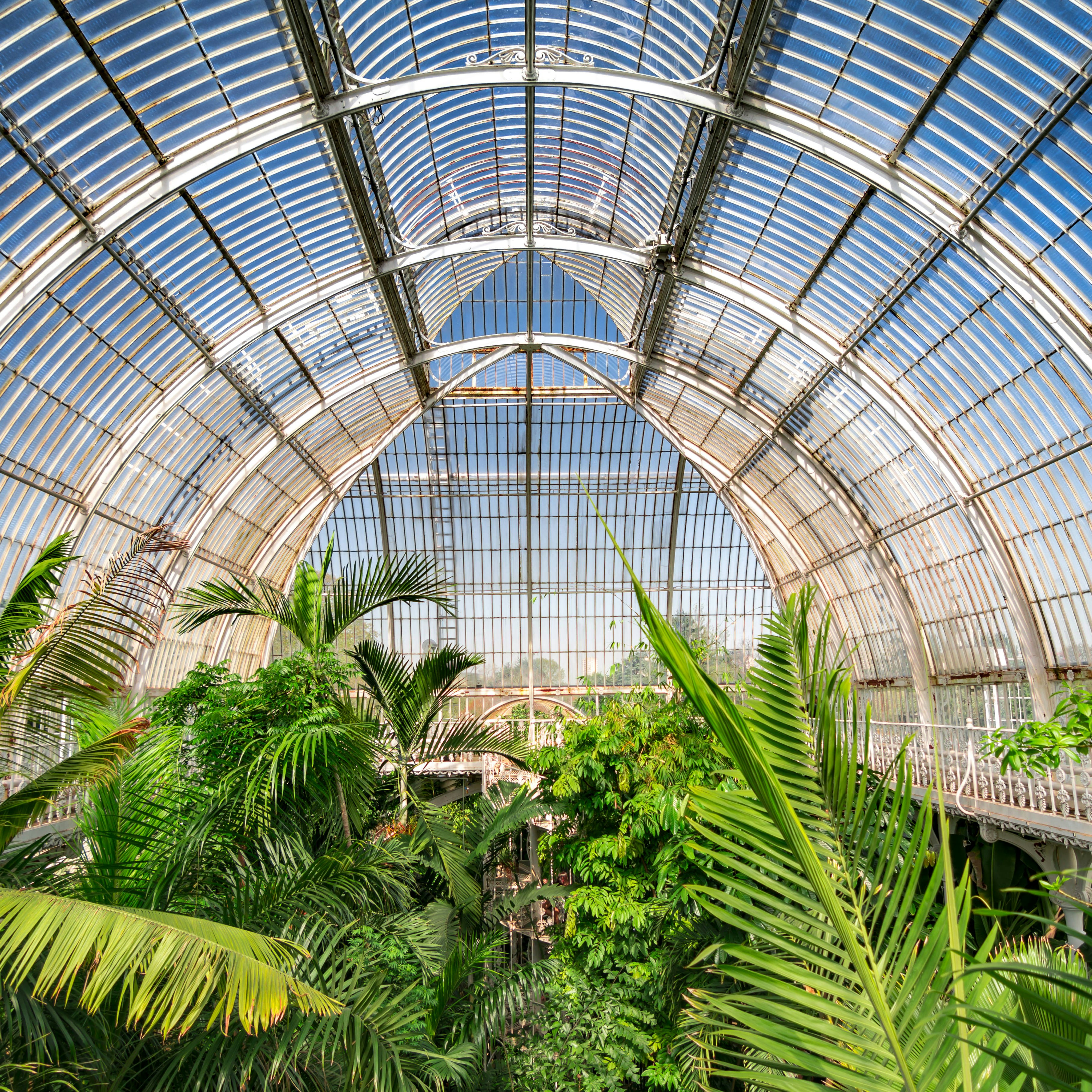
Overview
Instantly recognizable icons like Big Ben and St. Paul's Cathedral welcome you to history-laden London, the UK's multicultural capital that's a tireless innovator of art and culture.
Leave the planning to a local expert
Experience the real London. Let a local expert handle the planning for you.
Must-see attractions
Planning Tools
Expert guidance to help you plan your trip
Best Things to Do
Experience the very best of London with our guide to the top things to do.
Read full article
Best Time to Visit
The long days of summer make it a peak season for London visitors but there is plenty to do all the year. Here's how to choose when you should visit.
Read full article
Things to Know
From packing tips to Tube etiquette, here's how to be ready for a visit to London.
Read full article
Transportation
London has a huge public transportation system, but is not the most intuitive city to navigate. Here's what you need to know about getting around London.
Read full article
Free Things to Do
London may be expensive but you can still enjoy yourself on a budget with these free things to do.
Read full article
Best Neighborhoods
There's way more to London than Soho, Piccadilly Circus and Oxford Street. Step beyond the center with our guide to the capital's neighborhoods.
Read full article
Day Trips
Beaches, cathedrals, pony-filled forests, Harry Potter–esque buildings and more: you can see a whole lot of England on these top day trips from London.
Read full article
Money and Costs
London has a reputation as one of the most expensive cities in Europe, but it's perfectly possible to visit – and see the sights – on a budget.
Read full article
Traveling with Kids
London is a huge city that can be tiring for tiny travelers. Here's how to make the most of a family visit without running out of steam.
Read full article
Spending Diaries
I traveled to London to see Paul Mescal on stage. It was the perfect excuse for a long weekend getaway.
Read full article
Get a book. Get inspired. Get exploring.
in partnership with getyourguide























